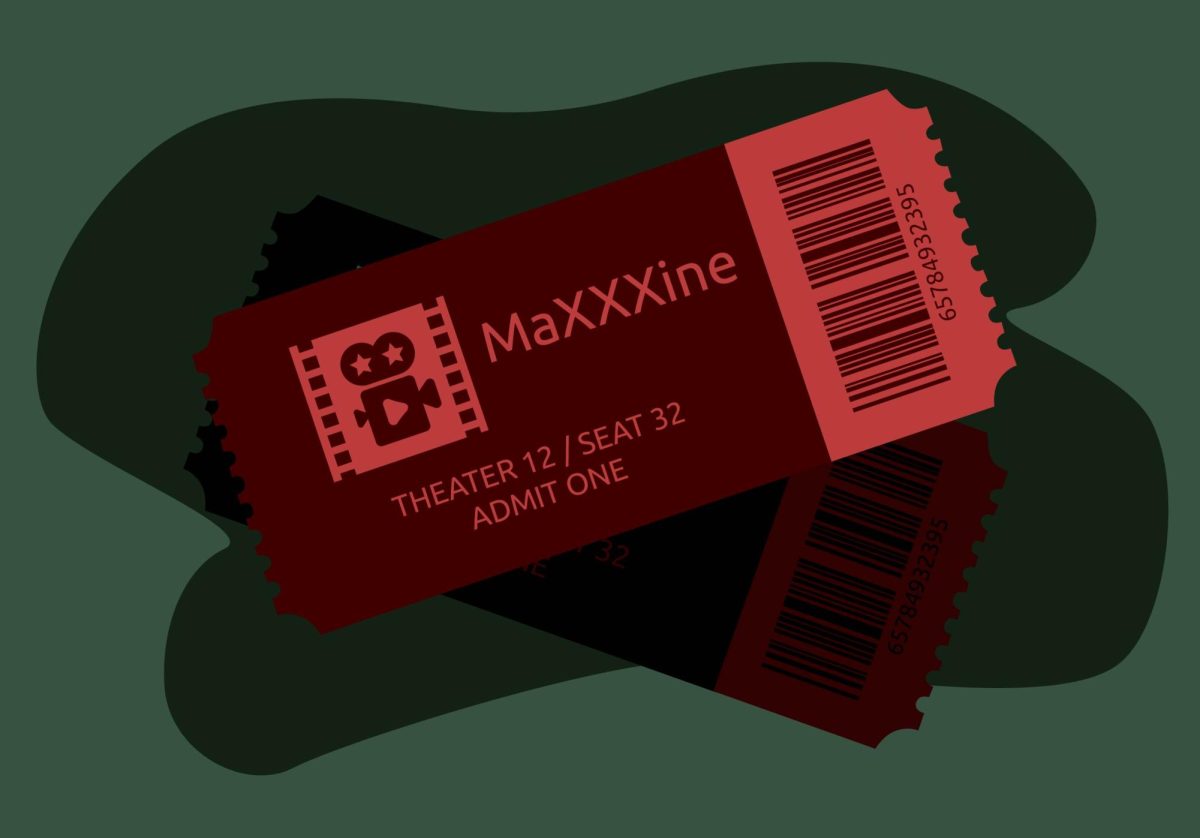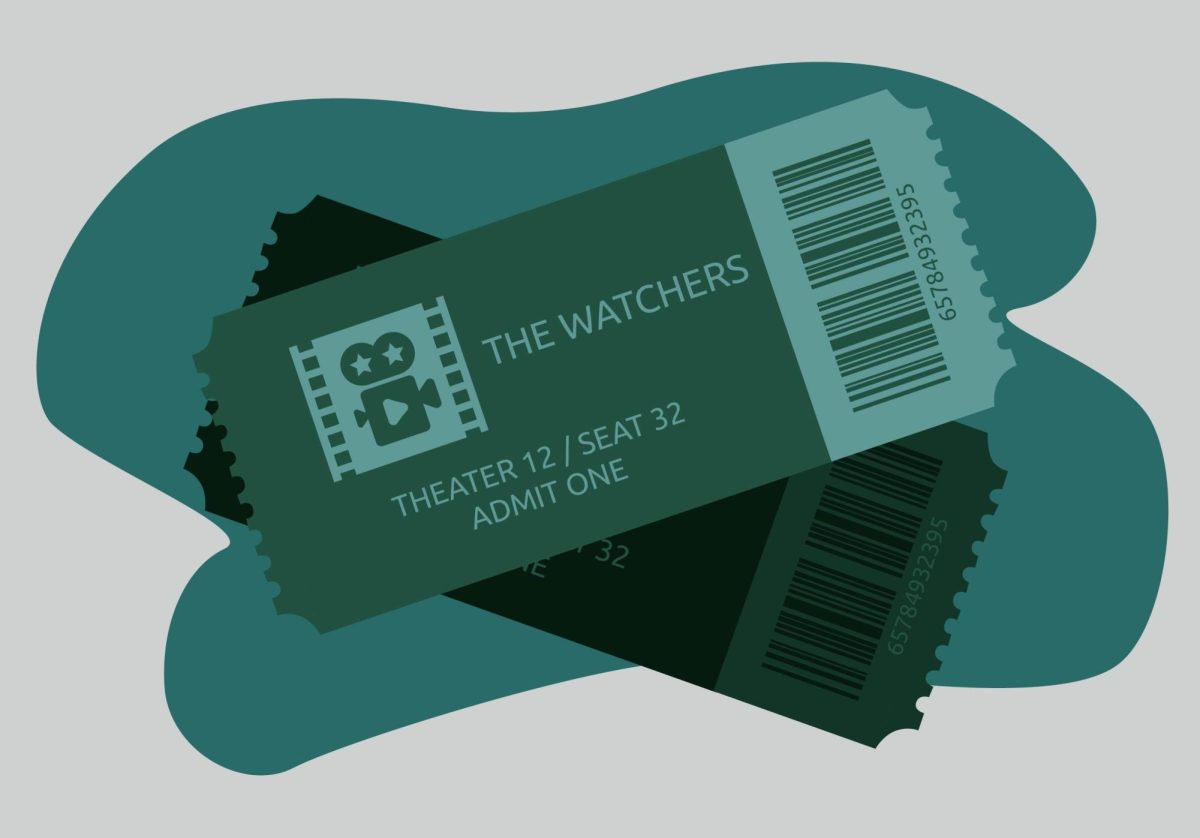Despite the number of film appearances that Satan has racked up, there are comparatively few cinematic portrayals of hell. Not only that, but movie hell is too mannered – too cartoonish and clichéd to be really disturbing. Now however, we can add to the list Frederick Wiseman’s Domestic Violence, a portrait of hell that dispenses with pitchfork-armed imps in favor of truly terrifying images and ideas.
This is the hell of not mentioning the electric bill in order to avoid a beating. The hell of finding out that your abuser has been acquitted and is now stalking you. The hell of waking up to find that your husband has come home drunk and is slamming your head against the wall. These polymorphous hells are not the domain of sinners only. Indeed, while we often assume that a victim of domestic violence is exclusively poor, uneducated and female, but the film shows us teenage boys, middle-class women and women with doctorate degrees. (Having said that, the overwhelming majority of the people shown are women, and many do come from a working-class background.)
Domestic Violence was filmed in 2000 at The Spring, a shelter and resource center for battered women and their children in Tampa, Florida, and at other locations around Tampa. The action is book ended by COPS-style domestic violence police calls: stony, neatly pressed officers wading into sick little homes to stand between abuser and abused. The bulk of the action takes place in the center, in one-on-one meetings, staff discussions and group therapy sessions. The narrative is somewhat nonlinear. Rather than follow a case or cases from beginning to end, Wiseman shows us the process with different clients performing the various steps along their path out of abusive relationships. It is often clear for instance that a discussion from the beginning of the film must have come much later in the year than a group session shown subsequently. This is rarely disconcerting however, and in fact serves to underscore the essential commonality of this miserable experience.
The meat of the film is the descriptions of domestic violence by the women and children who have lived through it. In intake interviews, therapy and during casual conversation, women relate stories from the mundane (too much drink and too little money adding up to sudden bursts of childish violence) to the truly chilling (a story about a woman attacked with a crowbar who said that she was more afraid of leaving than of living with the pain and disfigurement.) Without being overly didactic, or resorting to narration, Wiseman gives us a basic education on the structure, signs and avoidance of domestic violence.
The stories are powerful, and the presence of Wiseman’s camera is scarcely felt. Other than the police calls, the only respite from the life of the Spring is occasional interstitial shots of Tampa street scenes. Wiseman’s Tampa is empty of people, and the hot tropical sun shines on used car lots and strip joints, corner markets and apartment buildings, the only sign of life being anonymous, humming automobiles that rush through the frame as if to avoid dealing with the problems we hear described.
Wiseman’s documentaries are almost legendarily powerful. One acquaintance described his 1976 cattle-and-sheep processing film Meat as “the film people see once and it turns them vegan.” The intimacy of the scenes in Domestic Violence is often baffling. Here are the situations that no one talks about – in “polite” society or anywhere else. Yet Wiseman repeatedly shows us conversations and interviews that lay bare these horrors, sometimes matter-of-factly, sometimes in wrenching, soul-crushing sobs. The contrast between the bright fluorescent-lit hallways and classrooms of the Spring and the dark bedrooms and kitchens where the violence happened is startling in itself. It almost seems as though there must have been some deus ex machina involved, whisking the survivors from their little hells into this comparatively safe zone. But of course there was often only a small intervention. The bulk of the credit for seeking help, and for continuing with the recovery process, belongs to the women themselves. That determination, and the growth it engenders, rescues us from utter despair over the human condition.
















